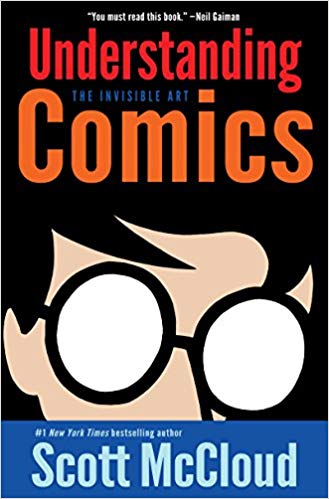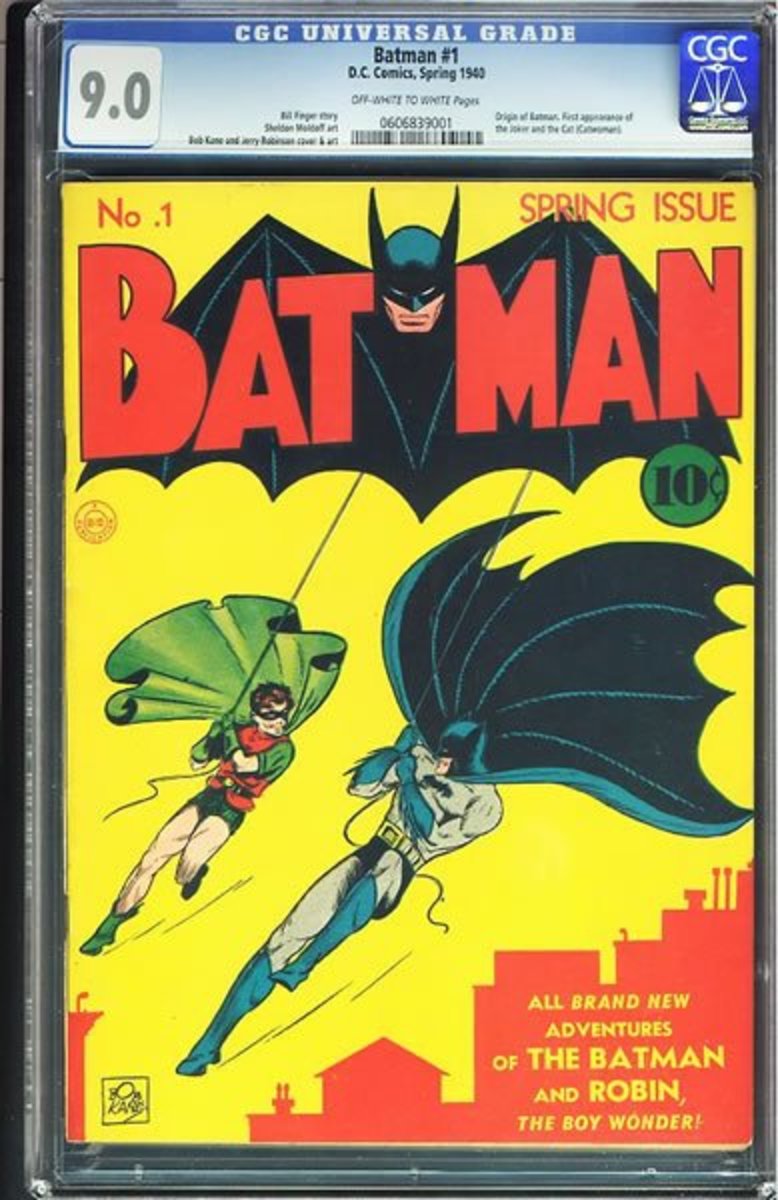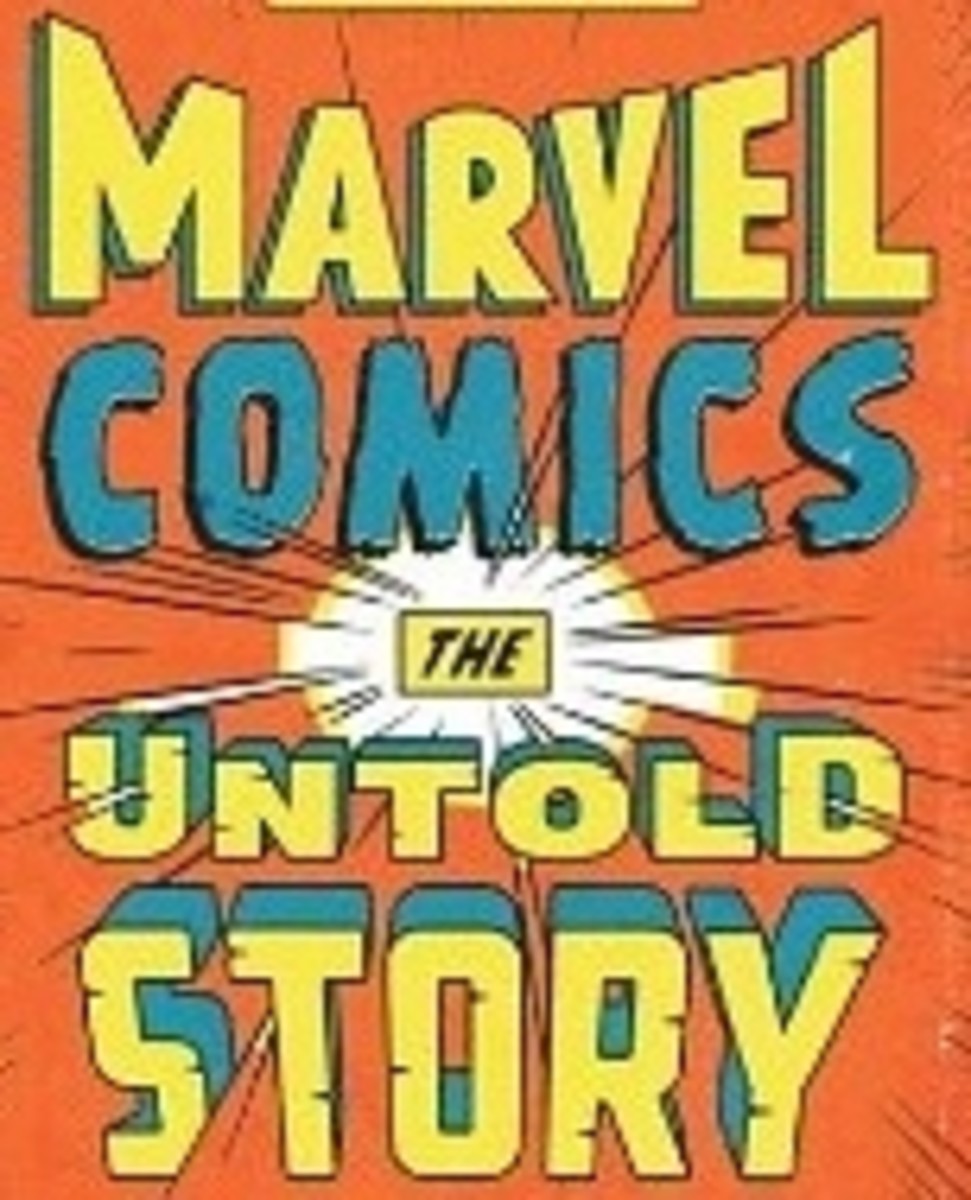Understanding Comics through a Comic Book

Understanding Comics though a Comic Book
Comics may appear to be a thing of the past for some. However, there are still numerous mediums for an individual to access and enjoy comic books. There are still people creating comics and even online platforms that still make comics accessible to those who are still interested in this art. There are also Asian forms of Comics like manga and of course, the other forms of comics that vary from one country to another. However, to fully understand the point, comics should be well explained through the ideas in the book Understanding Comics: The Invisible World of Art. This book will enlighten newbies and even interested individuals about the real nature of comics and the art behind them. The definition of comics, the concept of reception and perception, and the transcendence of comics through time and space are the key concepts that can enlighten the readers about the beauty behind the panels of these artworks and forms of entertainment from the past until the present.
Defining Comics
For many, comics can be drawings with speech bubbles and leads to a story. It can be entertaining, informative, and satirical. People may have varied concepts about comics, but the material clarifies the concept of comics. It may simply be a compilation of drawings that intends to entertain or a comic strip in a daily magazine. However, there is more to comics than that. Comics can be identified as the word that pertains to a medium itself and not the object per se like a comic book or comic strip since it is often perceived as the artwork wherein fact it is the vessel or the messenger (McCloud, 1993). The author even compared the concept with a jar of water.
The jar is the comics while the content for consumption is the style, message, subject matter, and other trends. This allows the readers to visualize the essence of the comics. This also clarifies how comics are not the genre but the medium or the bridge to get to the message. The artist was very successful in making the readers understand the real essence of comics and he managed to identify the difference between the subject from the medium. This definition showed how it can be lined up along with written work, music, and other forms that will deliver the content.
Received vs. Perceived
In the chapter about icons, the author discussed the difference between received and perceived. This may appear to be highly related and almost similar, but the book clarifies the shade of difference. It is stated that pictures can be considered as received information that formal teaching and legitimate education are required to grasp the message leading to the message’s instantaneous nature. The person must have the necessary knowledge to receive what the art has to say and how it can be interpreted through numerous ways and layers. On the other hand, writing is regarded to be perceived as information as it leads to taking time and specific knowledge to unlock the abstract symbols of language (McCloud, 1993). This then shows the difference in how pictures and words work together and work differently in terms of understanding and reality. With that, if pictures are so far from the depiction of reality, people will need higher levels of understanding or perception just like how they do with words. On that level, when words are simpler and less complex, they get to the level of the pictures in terms of the level of perception. This makes it easier for people to comprehend the two on the same level.
This explanation of perception and reception applies to the way comics work and how things are more understandable with comics as compared to normal texts. With the combination of simple pictures and simple words, reading a comic book becomes enjoyable while getting the point of the material without much struggle. This makes it easier for a non-artist to understand how comics, words, and pictures operate with the people who receive them and how their simplicity and complexity can affect how people tend to understand the content of these mediums presenting their respective messages. Through this chapter, the logic of words and pictures can be fully grasped.
Comics through Time and Space
Another notable element of comics will be its defiance of time and space through its power through the panels. The artists can move to and from the past, present, and future through the boxes where the scenes are presented. The fracturing of time and space transpires within the panels, divisions, and boxes. The world of comics shows that space and time are just similar and unified (McCloud, 1993). The artist has full control over these two primary markers of life and growth. Moreover, the boxes will set the time that the characters in the boxes are portraying. This is the power of the artist in the world of comics which makes the transferring of the message easier.
Another interesting aspect of space is how the artist presents movement through the boxes. Despite having plain paper with printed images in 2D, the drawings show motion and movement like how motion pictures do. This is just proof of how actions can be presented through the power of panels. The swift movement, disappearance, change in time, and even the expressions of the characters can be captured through simple strokes and drawings. It is the impact of the simplicity of the strokes that makes the art of making comics more interesting compared to other art forms. However, it should be underscored that comics and other art forms cannot be totally compared due to the difference in genre.
With comics, the possibilities appear to be limitless as this medium can work to send various messages transcending both time and space. To add to this, the method of presenting the transition is also entertaining enough that one may not even notice that the comic book is about to end already. The reception of the human brain on the drawing and the simplicity of the text aids in the maximum understanding and ease in grasping the meaning without necessarily having to lag time in trying to understand the panels. This can be considered as one of the magic of this medium as it can be used not only for entertainment purposes but also for educational means.
Conclusion
After reading this book, the potential of comics can be connected to books and other hard-to-understand materials. Although there are already graphic novels, reading will never be as much fun if it would be translated into comics. It would not really matter how it will be presented as long the themes and the message are retained. Just like a vessel, the novel could have just changed its way of presentation. What is important is that it is fully understood and appreciated if in written form it is not.
Comics is not merely a compilation of drawings and speech bubbles. Through time, comics have proven their stance in society and are continuing with their fight to survive and persist through and despite modern times. By looking over the nature of its definition, the concept of receiving and perceiving in terms of pictures and words, and how comics work through space and time, readers will get to understand better and appreciate the concept of comics more than ever.
With that, despite modernization, comics are still relevant to modern society and many youths nowadays manage to appreciate and see the potential in these art forms. There are more entertaining and informative things than gadgets, smartphones, and tablets because there are still comic books.
Reference
McCloud, Scott. (1993). Understanding Comics: The Invisible Art. United States: Kitchen Sink pp. 1 – 101. Print.









